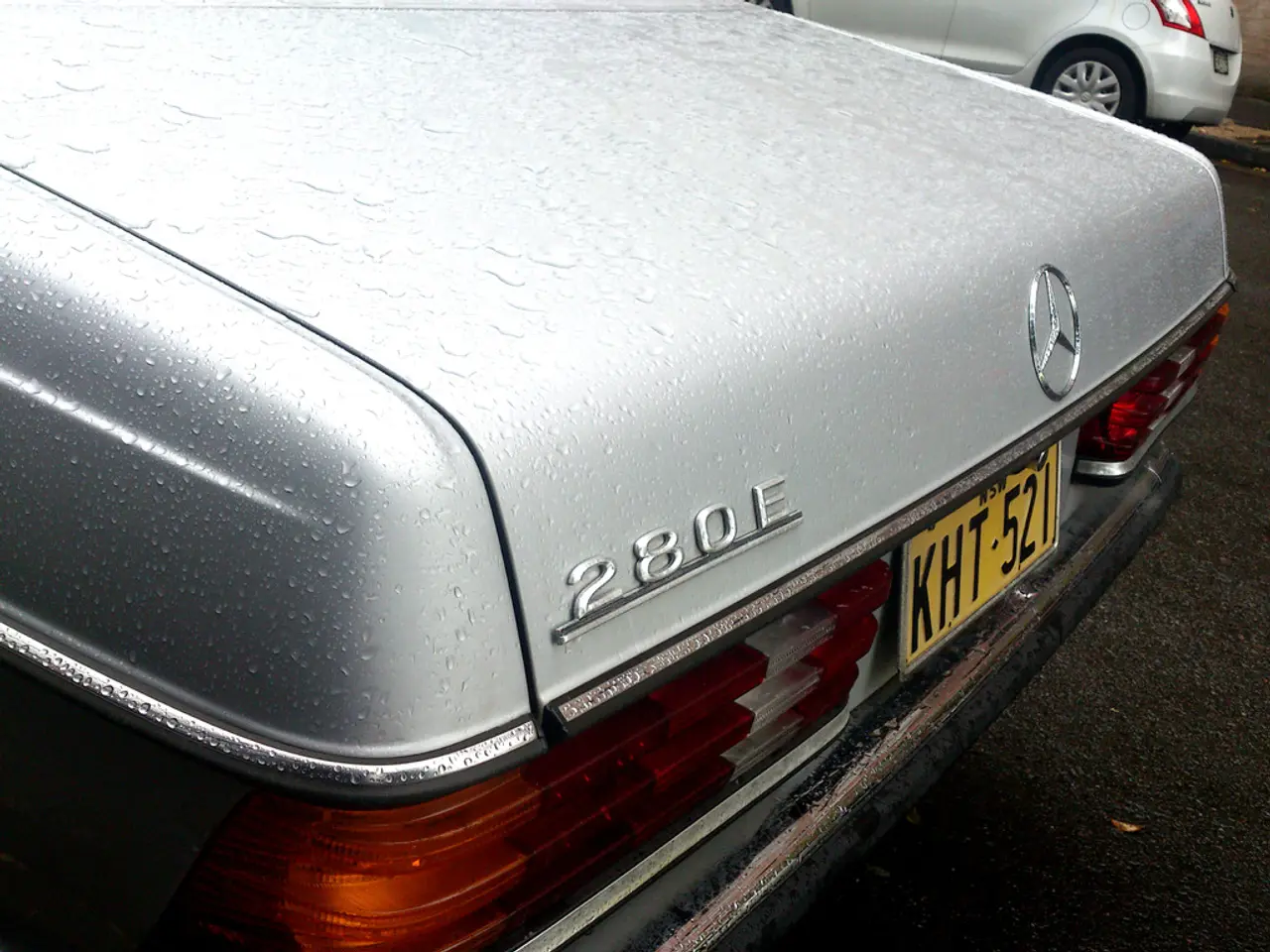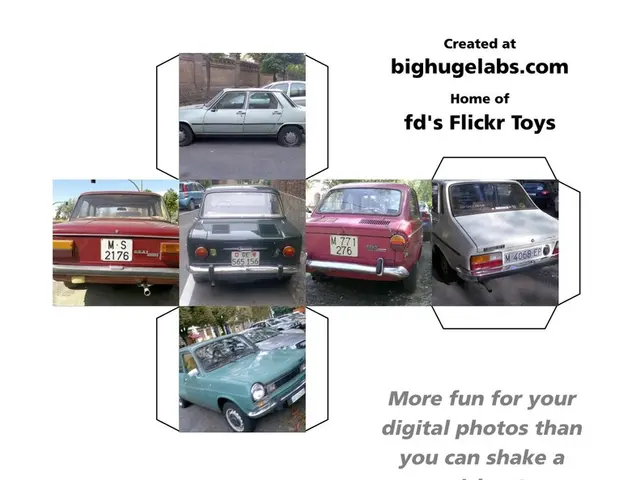Cookies employed by Autovista24 enhance user encounter for improved browsing
In the rapidly evolving world of electric vehicles (EVs), Chinese brands are making their mark in Europe, albeit with some unique challenges. According to recent data, Chinese brands have a slightly lower BEV market penetration in Germany compared to Spain, Italy, and Portugal. However, the gap has been narrowing, with the average difference between new Chinese brands and established marques in Germany's stock market performance improving from 16 percentage points (pp) a few years ago to just 9pp currently.
The recovery is regional, with different countries setting out different schemes alongside varying levels of natural market demand. In contrast, the Chinese news market has roughly half of all new light vehicles sold being plug-ins, backed by consistent industrial strategy and demand for alternative powertrains.
One area where Chinese brands differ from their European counterparts is in the preference for control systems. While the Chinese market values a touch-screen central infotainment system, there is still an appreciation for physical buttons and dials in Europe.
Chinese brands are also leaning towards dealer networks instead of flagship stores for selling models. This strategy relies on the trust built by those dealerships and their greater coverage.
Despite these differences, Chinese brands are entering the European market with technologically advanced EVs. However, many models are not completely aligned with European expectations and demands, which could be a barrier to success. Product quality, however, is generally good, matching well-known brands and competing on a specification-to-price ratio. High-value equipment offered as standard on Chinese models supports residual values.
Recently, the Autovista Group, along with Autovista24 editor Tom Geggus, held a webinar to discuss the impacts and future of these Chinese EVs in Europe. The webinar, titled "The road ahead: Residual value trends and the next market shift," is set to take place on 14 October 2025 at 09:30 BST / 10:30 CET.
Interestingly, in Spain's used-car market, the value retention of Chinese brands has been more consistent, with an average gap of 7pp. This could indicate a growing acceptance of Chinese brands in the European market.
For Chinese brands to stand out in Europe, they need to have a unique selling point (USP) that is easy to remember and easy to communicate. As the competition heats up, with German brands like Volkswagen, BMW, and Mercedes-Benz introducing numerous new electric models focusing on high range, connectivity, and quality, Chinese brands will need to adapt and innovate to maintain their momentum.
In conclusion, while Chinese brands are making inroads into the European EV market, there are still challenges to overcome. By understanding and adapting to European preferences, while continuing to innovate and compete on price and quality, Chinese brands have the potential to carve out a significant market share in Europe.
Read also:
- Yasa, an electric car engine producer, plans to broaden its operations.
- Strategic approach to eco-friendly nickel production for electric vehicles in Europe
- Week 39/24 Highlights: Tesla CEO's visit, Robo-taxi buzz, Full Self-Driving study, Affordable electric cars, and European pricing less than €30,000
- The Mountaineering Transformation is in progress








